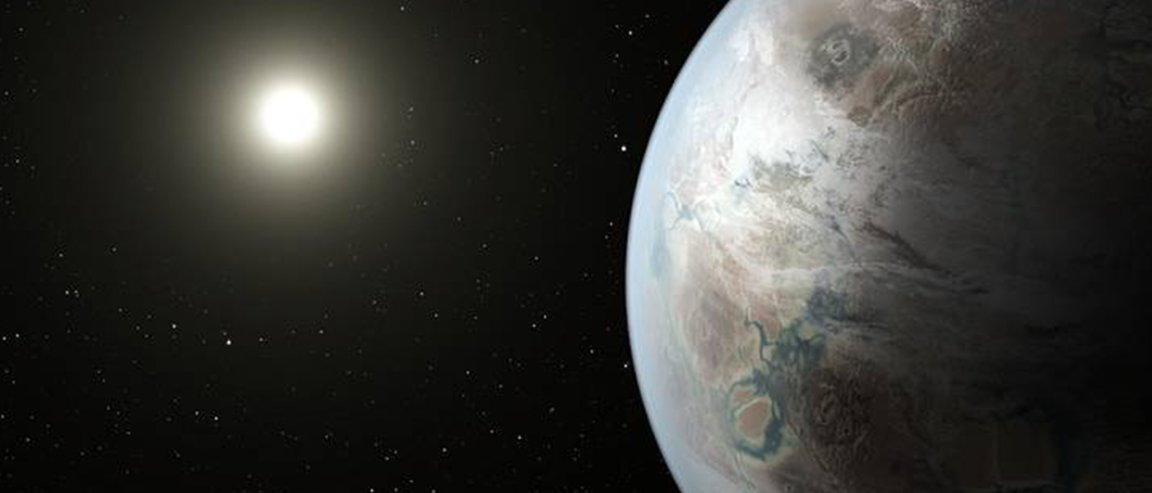
Alien Worlds
It wasn’t too long ago that we thought Earth was the only habitable planet in the universe. But recent advancements in space technology have led to the discovery of one exoplanet after another, leading to the conclusion that life must exist outside of Earth.
To date, astronomers have identified a few alien planets that could potentially support life. For example, five exoplanets that are particularly promising are Wolf 1061C, a rocky exoplanet about the size of the Earth that is 13,8 light years away; Gliese 832C, a larger planet dubbed a “super-Earth;” Gliese 667Cc, which is 22light-yearss away in the Scorpius constellation; TRAPPIST-1d located in the Aquarius constellation; and Gliese 163C in the Dorado constellation.
These five are some of the closest Earth-like planets in the habitable zone of their parent star, but they are by no means the only ones that have been identified. NASA has actually discovered more than 2,000 planets that could be home to alien life – but for the most part, we know very little about them.
Today, everything changed.
NASA just held a press conference announcing the discovery of a solar system that has a host of Earth-sized planets. Three of these are located firmly in the habitable zone, meaning that they very likely have liquid water and could host life.
Here’s everything you need to know about these finds.

Reddit AMA
According to NASA’s Reddit AMA, this discovery sets a new record for greatest number of habitable-zone planets found around a single star outside our solar system. Here are the other highlights:
How long would it take with current technology to get to this solar system?
NASA: Right now, there is no current technology that can get us to the new planetary system. That’s why we will use space-based telescopes to “remotely” investigate by observing the planets from afar. To see fledgling efforts to send tiny space craft to a different star (with one known planet) see this link.
Do we know the gravity, compared to Earth or Mars, on those 3 planets that could have water in them?
NASA: Determining the surface gravity requires knowledge of both the radius and mass. The uncertainties on the mass measurements are large, but our best guess is that the surface gravity of most of these planets is similar to that on Earth. One exception is planet f. It has the same radius as Earth but 68% the mass. That means the surface gravity will be 68% lower than on Earth.
What is the protocol if you do find any signs of life on any of the exoplanets? How long would it probably take from time of discovery to an actual announcement to the public?
NASA: We do not yet have a protocol. Most likely, we will make a tentative discovery that will take longer to confirm. But that is a great question, and something that has been thought about a lot by many different organizations. There is a great article on this by SETI scientist Dr. Duncan Forgan, which looks at many different scenarios in the age of 24-hour news and social media
Can we expect to have the technology in the next 20-30 years that we could see, for sure, that there would be life in those planets in form of vegetation?
NASA: In order to see vegetation and any other surface features (e.g. oceans, continents), we’ll need future telescopes beyond JWST [the James Webb Space Telescope, set to launch in 2018] that will be able to directly image exoplanets. JWST will observe planets transiting their host stars. Transits are when the planet passes between us and its star, and from these transits, we can observe how gasses in the planet’s atmosphere interact with starlight passing through the atmosphere. Unfortunately, this technique doesn’t allow us to see the surfaces of exoplanets. To do that, we’ll need future technology that may become available in the coming decades that will allow us to block out the star’s light and observe the planets directly. Examples of these technologies are starlight suppression tools called coronagraphs and starshades. The planets we observe directly with these starlight suppression techniques will not be spatially resolved: they will literally be single points of light, but don’t despair because we can still learn a lot from single points of light!
When should we expect the data/results around atmospheric composition to be released or published?
NASA: The first observations of the newly discovered planets are underway, as soon as the results successfully pass through the scientific peer review process we will be able to share what we are learning. Stay tuned this system has lots more exciting things to teach us.
How well can Kepler spacecraft detect planets around TRAPPIST-1 compared to Spitzer spacecraft?
NASA: Kepler can observe for about 80 days consecutively and will, therefore, provide a very important time series and information on the gravitational interactions between the planets which cause timing variations. It is possible that there may be additional planets not seen by Spitzer in 20 days which Kepler could uncover. Kepler and Spitzer have comparable capabilities for the detection of planets around the TRAPPIST-1 system.